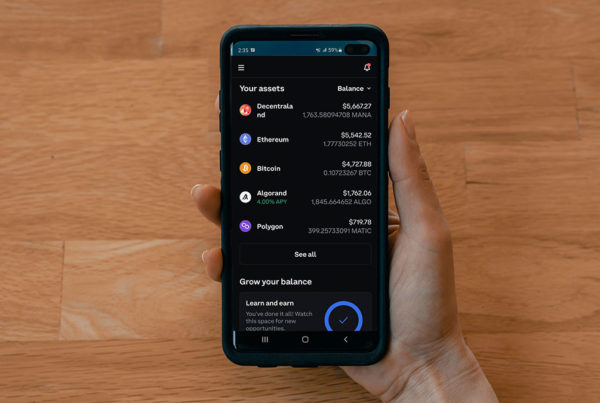
Governments are beginning to take the issue of climate change seriously, which has led to the popularity of carbon credits as an investment strategy. Ideally, this will become an active investment option in the future, but at the moment there are not many methods to enter this market, at least not in the United States. Below, we look at some opportunities in the sector.
How do carbon credits work?
An authorization to emit greenhouse gases is known as a carbon credit. Generally, a credit gives the right to emit one ton of carbon dioxide. This volume is not fixed, and several credits may apply to different amounts or different gases. However, the norm is one tonne of carbon dioxide per credit, unless otherwise stated. In a market set up to trade permits, emission sources, such as coal mines and power plants, must buy their emission licenses. Companies that emit less than allowed can trade their extra licenses for money.
A carbon credit works on the principle of measuring and limiting the number of greenhouse emissions an economy will produce. Take the case of a company that operates a factory and a fleet of delivery vans. Its factory emits ten tons of carbon dioxide per year, and all its trucks emit one ton. For these emissions, this company would have to reduce the number of fossil fuels it burns or earn 11 carbon credits per year.
Carbon credits are of two types: voluntary and regulated. Companies use carbon credits in a voluntary system to control their greenhouse gas emissions. The most popular type of this system is “offsetting,” in which carbon credits are produced by engaging in greenhouse gas reduction techniques, such as planting trees or operating carbon capture systems. The reintroduction of gases into the atmosphere will result in a credit for each kilogram removed. Although companies can manage this system themselves, in most cases it is external parties that manage the offset program and trade carbon credits with participating companies. In a voluntary system, there is no enforcement mechanism; everything is self-regulated.
Any system in which a government awards carbon credits is called regulated. The regulatory authority will assign an industry or economy a limit on the amount of carbon dioxide it can produce in a given year, and credits will be released to satisfy that limit. These credits can be bought, sold, and traded between companies. The government has set an emissions quota but allows companies to trade those credits privately to decide their most efficient use, creating a private market for carbon emissions known as cap and trade. The credits never expire after they are granted.
Investing in carbon credits
The main problem with investing in carbon credits is that they don’t exist in the United States, at least not for investors who want to build a “green” portfolio.
The “cap and trade” system, discussed in more detail below, is the optimal application of carbon credits. These carbon credits reflect the emissions of entire industries or the entire economy in an open market in which companies and individuals are free to trade them. Although California and some northeastern states have small credit systems for their power grids, the U.S. government has not implemented this or any other carbon credit system.
However, they are sold through a government-based auction system and a restricted market. In Europe, carbon credits are mandated through a system called the European Union Emissions Trading System. So while there are few options for investing in carbon credits, there is no denying that this system is a safe idea that will soon encompass more spaces.
With information from Yahoo Finance





